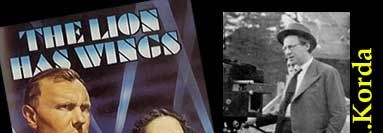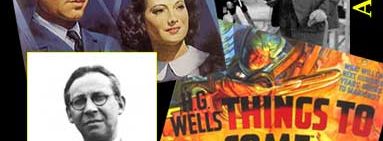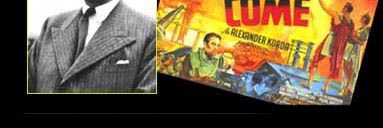





The Times, which had always supported the work of the Documentary Movement, noted in 1938, 'the film of fact…is…the distinctively British contribution to the art of the moving pictures. English producers of fiction films can scarcely do more than show America that they have mastered a technique that was first developed at Hollywood'. 12 As we have seen, by the beginning of the war, a significant body of critical opinion believed that some form of documentary realism was the appropriate style around which to build a British national cinema. But while the documentarists had shown the way and had earned considerable critical approval for their work, screenings of their films had been limited to schools, union halls, film societies and art houses; few had been distributed through the cinema chains. They had yet to find a mass audience for their films. As Andrew Higson has noted,
…. [S]everal of Grierson's colleagues felt that documentary must temper its
modernism, , re-engage with the story form, and embrace at least some aspects
of commercial narrative cinema, in order to reach anything like a national
popular audience. Indeed, the conjunction of a liberal humanist morality
and social democratic politics also insisted that British documentary realism
should mark out a space within the public sphere for the expression of the
private, the personal, the emotional, and the individual, which meant, in
effect, drawing on the resources of narrative cinema.13
The opportunity for the marriage of documentary and narrative cinema into a form that would be distinctively 'British' and distinctively 'realist', came with the declaration of war on Germany in September 1939.

Waging 'total war' demanded the complete commitment of all national resources, military, demographic and economic, in order to achieve victory, and this included film. The cinema, attracting weekly audiences in the millions, was the ideal medium through which to explain to the nation why they were at war, reveal the true nature of the enemy, disseminate information and to maintain morale in the face of hardship and adversity. Certainly many within the American film industry were sympathetic to Britain's plight and the Hollywood 'British' film did much to sell Britain's cause to America and boost morale in Britain itself. Yet in war, even the closest of allies can be unpredictable, and Britain needed to ensure that her cause was projected through British-produced films. While filmmakers had never shirked from waving the flag and promoting the national interest, the Second World War, the 'people's war', would require a more intense effort to maintain the will to wage war and sell Britain's cause neutral nations.





